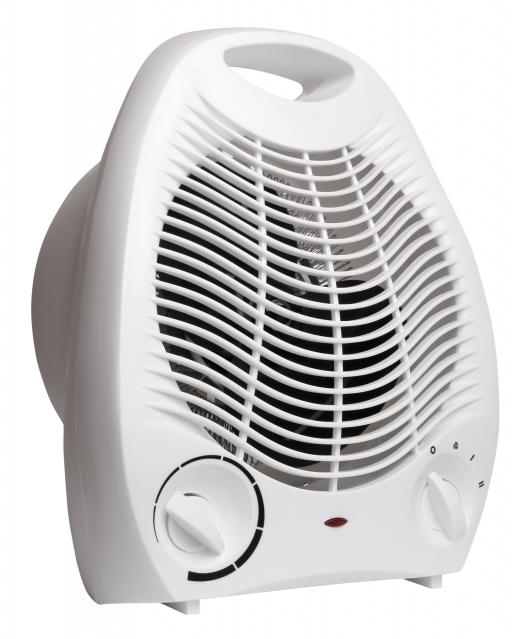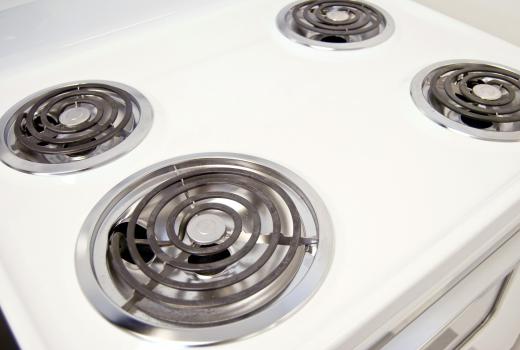An electrical element is a resistance coil which is designed to create heat by causing electrical friction. Almost every household appliance which uses electricity to produce heat has some type of electrical element. The size and shape of the coil varies according to its use, but the basic design remains the same.
The coil is made out of a material which offers resistance to the stream, or current, of electricity. As the current travels, it creates friction from the coil, which produces heat. The coil itself does not conduct electricity, so it will not produce a shock if touched by an object that conducts electricity. Elements must be made from specific materials in order to withstand the extreme heat produced. If they are submerged, like a water heater element, they must also be resistant to corrosion caused by moisture.

A stove top burner is an example of an electrical element. In order to produce consistent and even heat, it is wound in a flat spiral. The elements in dishwashers and ovens have a similar design to the range element. These are typically installed in the inside bottom or top of the appliance and are clearly visible.
An electric hot water heater also uses an electrical element to heat water. The element is usually shaped in a hair pin design but is similar in circumference to a stove or oven element. The element is located inside the tank. As water enters, the element warms it to the programmed temperature. The water leaves the heater when a hot water tap is turned on.

Clothes dryers often use electric heat. A fan blows on the coil to move the heated air into the round cavity where the wet clothes are placed, and a motor turns the cavity so that the air is circulated. It is possible for a clothes dryer element to catch fire if the lint catcher is not emptied often. Excess lint can escape the catch and come into contact with the element.

Household space heater elements generally have a different design than those in the oven or dishwasher. They use multiple small wires to create heat, and some also have a fan to blow the heat out into the surrounding area. Space heaters will usually have a grille covering the element to prevent accidental contact.
Although it does not produce a flame, an electrical element will ignite flammable objects. Many kitchen fires have begun because oil, food, or fabric came into contact with the electrical element on the stove or in the oven. Space heaters are also dangerous because they are often left running throughout the night, while the household is asleep. If left too close to flammable objects, space heaters can also start fires. It is important to exercise caution and never leave an electrical element running unattended.
